Building Blocks of English: Past Tense
If you’ve been following our Grammar series, you’ll have learned plenty about the nitty-gritties of the English language – put together for you by Hurray, to help you learn and get better!
In our last post, we covered the Present tense ; today, you’re going to learn about the Past tense.
Recap – the basics
Once again, ‘Tense’ refers to the modifications of a verb, to be used in a particular way in a sentence and playing particular functions.
We also told you not to confuse Tense with Time! The tense of the verb does not necessarily imply a particular point in time – past, present or future.
You have now learned about the four Present tenses i.e. the Present Simple, Present Perfect, Present Continuous, and Present Perfect Continuous tenses.
Today, you will that each has an equivalent in the Past tense, following similar rules and with similar functions.
Past: the 4 Tenses and their use
1.Past Simple
To use a verb in Past Simple, you must form the past participle.
Forming the past participle:
- For most regular verbs, the past participle is formed by adding ed to the end.
Examples:
|
Verb |
Past participle |
|
To ask |
Asked |
|
To like |
Liked |
|
To dance |
Danced |
|
To discuss |
Discussed |
|
To celebrate |
Celebrated |
|
To pray |
Prayed |
- There are slight modifications to the above rule, depending on verb endings:
|
Verb ending with stressed consonant |
Verb + repeat last letter + ed |
Stop à Stopped Drop à Dropped |
|
Verb ending with ‘ie’ |
Verb + d |
Lie à Lied Die à Died |
|
Verb ending with ‘y’ |
Verb – drop ‘y’ + ied |
Cry à cried Try à tried
|
- But there are also a large number of verbs that do not follow the above rules in forming the past participle. These are some of the most common:
|
To do -> did |
To go ->went |
|
To have ->had |
To eat ->ate |
|
To run -> ran |
To think ->thought |
|
To read -> read (pronounced ‘red’) |
To buy ->bought |
|
To sing ->sang |
To drive ->drove |
|
To drink -> drank |
To fly -> flew |
|
To write ->wrote |
To come -> came |
|
To sleep -> slept |
To leave ->left |
- Finally, the verb ‘to be’, which is a particularly important verb on its own, has its own rules to form the past participle:
|
I |
Was |
|
You |
Were |
|
He/She |
Was |
|
We |
Were |
|
They |
Were |
Sentence structure
Now that you know the past participle, you’re ready to use it in a sentence!
- Positive sentence
Subject + Main verb (past participle)
|
Subject |
Main verb |
|
She |
bought a new bag. |
|
I |
liked the play. |
|
He |
was happy. |
|
We |
sang in the choir. |
- Emphatic sentences, Negative sentences and Questions
Subject + Helping verb + Main verb
- Here the helping verb is ‘to do’ – which is used in its past participle form did.
- Here, the main verb is not used in the past participle form. It is used in its original verb form.
- The helping verb did may occur before the subject (in questions), or before the main verb (in emphatic or negative sentences).
Examples:
|
Helping verb |
Subject |
Helping verb |
Main verb |
|
- |
I |
did |
like the concert. |
|
- |
He |
did |
work hard. |
|
- |
Sheila |
did not |
come to work on time. |
|
- |
They |
did not |
forget their stuff. |
|
Did |
you |
- |
do your homework? |
|
Did |
we |
- |
remember to close the gate? |
The exception to the above rules, would be in the case of the verb ‘to be’. Here the past participle of the verb (was/were) is used. ‘Did’ is not used at all.
Examples:
- Negative sentence – I was not happy with the results.
- Question – Were you present for the meeting?
When to use past simple?
The past simple tense is used to talk about an action or a situation that has taken place in a past time i.e. before the present moment.
The event will be completely finished, not continuing into the present. We may also either mention or imply the particular time and/or place of the event.
- It may be a short action or event, e.g. “I broke the vase.”, “It rained heavily last night.”
- Or it may be an event or action of longer duration, e.g. “I lived there for 10 years.”
- It may be an event in the immediate past, e.g. “He left a minute ago.”
- Or it may be an event that took place further in the past, e.g. “Dinosaurs roamed the earth during the Jurassic age.”
2.Past Continuous
The Past continuous tense functions a lot like the Present continuous tense – if you haven’t already, read more about it here (link to Present tense).
The main verb is modified in exactly the same way i.e. by adding -ing
Just to recap, here are a few examples:
|
Verb |
Past continuous |
|
To sing |
Sing + ing = Singing |
|
To think |
Think + ing = Thinking |
|
To learn |
Learn + ing = Learning |
Don’t forget to brush up on the other examples and the variations of the above rule in our post on the Present Tense!
Sentence structure
Subject + helping verb ‘to be’ + Past continuous tense
The helping verb is always ‘to be’, which takes the form of its past participle (was/were).
|
Subject |
To be |
Main verb |
|
I |
was |
feeling quite excited. |
|
We |
were not |
thinking straight. |
|
You |
were |
looking lovely yesterday. |
In case of a question, the helping verb ‘to be’ will appear before the subject, at the beginning of the sentence:
|
To be |
Subject |
Main verb |
|
Was |
He |
suffering from a cold? |
|
Were |
You |
leaving? |
When to use past continuous?
- To describe an action or situation that was happening continuously at some point in the past time.
e.g. I was feeling confident that I would win, but I lost.
I was watching a movie from 8.30 till 10.30 pm.
- To describe an action or a situation for which there was a firm plan in the past time, e.g. We were going to call you.
3.Past Perfect
This tense will always be formed in a sentence, as per the following structure:
Subject + helping verb ‘to have’ + past perfect form of the main verb
- here, the helping verb ‘to have’ will be used in its past participle form had.
- The helping verb may be placed before the main verb, or before the subject (in a question).
The past perfect form of the verb may be formed in several ways. These are the main ones:
|
Verb |
Past perfect |
Rule |
|
Think Leave Buy |
Thought Left Bought |
same as past participle (most verbs use this) |
|
Be Eat Write Go Do |
Been Eaten Written Gone Done |
verb + the ending -en or -ne |
|
Drink Sing |
Drunk Sung |
replacing i with u
|
|
Run Come |
Run Come |
verb remains the same |
Unfortunately, there are no hard and fast rules that can tell you precisely which verb takes what form – but it will definitely come with practice! The above examples are some of the most important ones to start with.
Examples:
|
Subject |
Helping verb |
Main verb |
|
I |
had |
left for work already. |
|
Ryan |
had |
done his best. |
|
They |
had |
sung beautifully! |
|
She |
had |
eaten the entire cake. |
|
I |
had |
gone to Mt Abu. |
|
We |
had |
written to the principal. |
When to use past perfect?
To describe an action that occurred, that was completed at an earlier moment and is significant at later moment – all in the past (i.e. before the present moment).
e.g. I had left for work already, an hour before you came to return my bike.
Here, both actions took place in the past, but the first action took place even before the second action.
- Past Perfect Continuous
This tense combines the above two! It is formed in a sentence as follows:
Subject + past participle of helping verb ‘to have’ i.e. had + past perfect of helping verb ‘to be’ i.e. been + verb in present continuous form (i.e. ending in -ing)
|
Subject |
had |
been |
Main verb (present continuous) |
|
I |
had |
been |
feeling much better. |
|
She |
had |
been |
seeing a doctor. |
|
You |
had |
been |
troubling your teachers. |
- In questions, the helping verb ‘have’ comes before the subject – e.g. Have you been studying?
- In negative sentences, the word ‘not’ comes before ‘been’ – e.g. I have not been going to work.
When to use past perfect continuous?
This tense functions a lot like past perfect – however, here the action that took place at the earlier moment in the past is a longer action. Again, this action is significant at a later moment, still in the past.
e.g. I had been feeling much better, before I received the terrible news.
5.Past simple + other tenses
In some of the examples we gave you, you’ll have seen that two types of past tense often occur in a single sentence – the past simple, and one of the other tenses.
The combination of tenses is typically used when talking about two separate actions. Typically, the past simple tense will refer to the action that is shorter, while the other tense will refer to the action that is longer.
Examples:
|
Combination |
Example |
Explanation |
|
Past continuous + Past simple
|
I was travelling, when my uncle died. |
Your action of ‘travelling’ was taking a longer time than the death of your uncle. |
|
Past perfect + Past simple
|
I had gone, before she arrived. |
Your ‘going’ was a longer action than the instant of her ‘arrival’. |
|
Past perfect continuous + Past simple
|
She had been visiting that library for many years, before it closed. |
The ‘closing of the library’ is a shorter event than ‘visiting the library for many years’. |
What next?
With that you’ve learned the basics of the Past tense-group! Once again, remember that you don’t need to remember the names of the various tenses by heart. What you do need to know is when to use each tense and in what situation.
In an English training course, you would have the benefit of learning all these rules, clarifying all your doubts, and getting plenty of practice. If you feel that you too could benefit from such a course, come to Hurray!
We provide training for IELTS, PTE, OET and Spoken English – and best of all, we offer our services online!
Reach out to us at info@hurrayedutech.com 8971357938, to book your place today.
Keep a close watch for our next post – on the Future tenses!
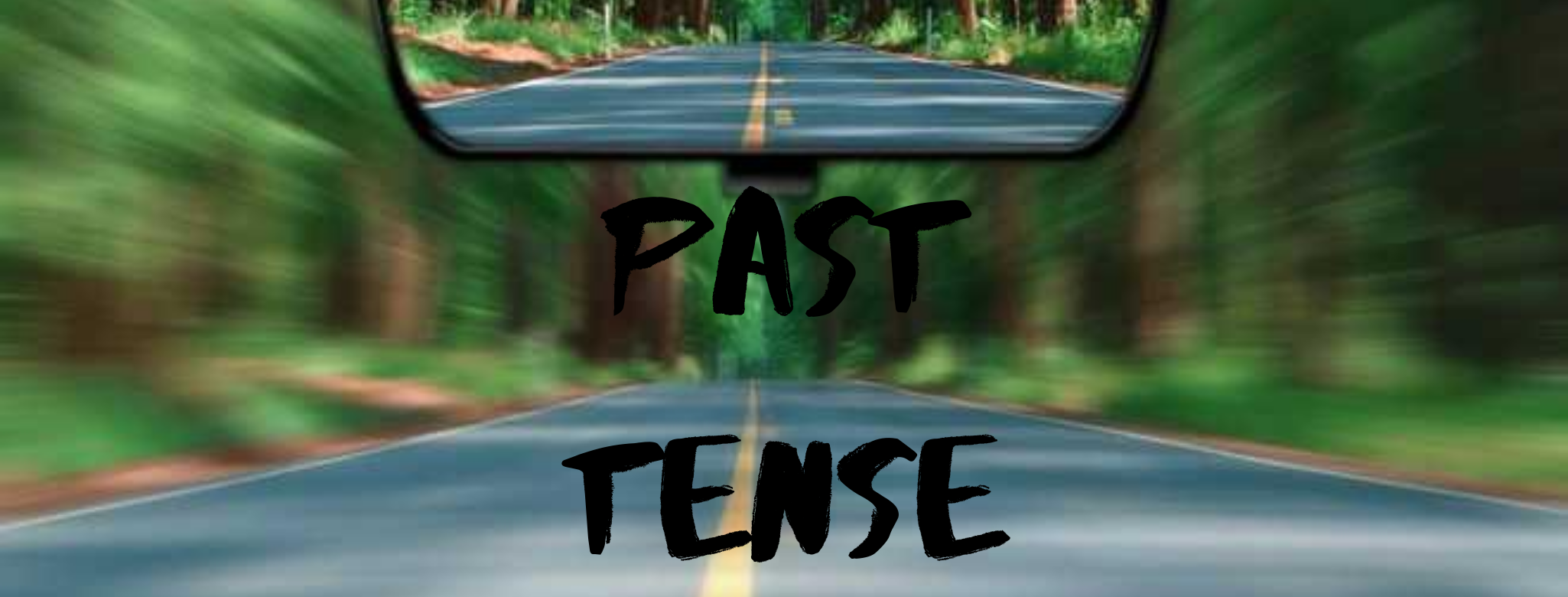
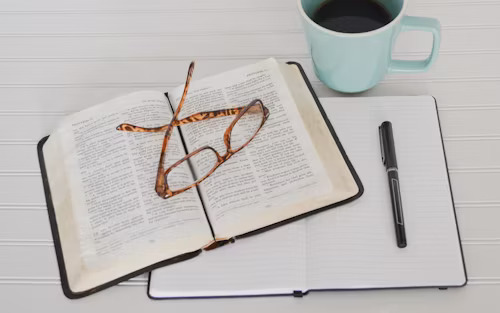

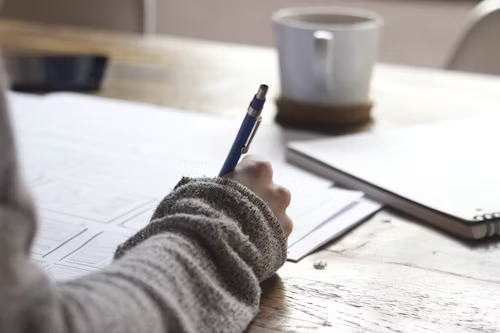



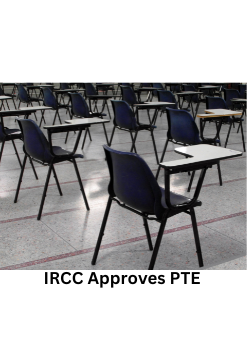


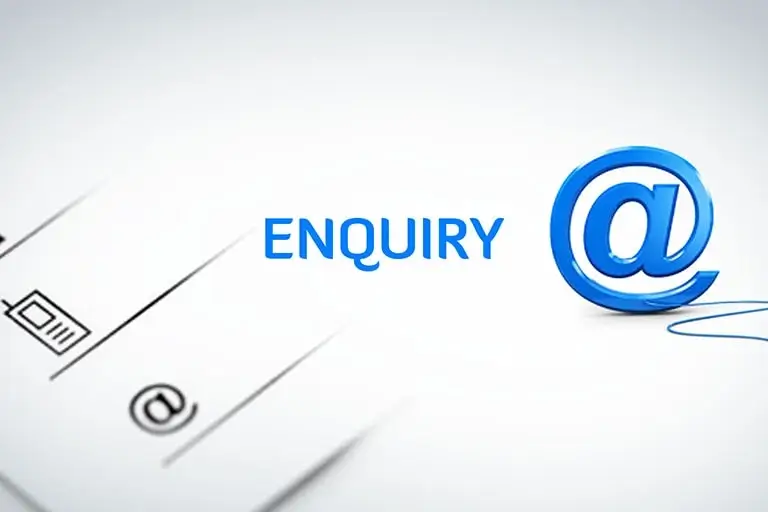
Post Comments